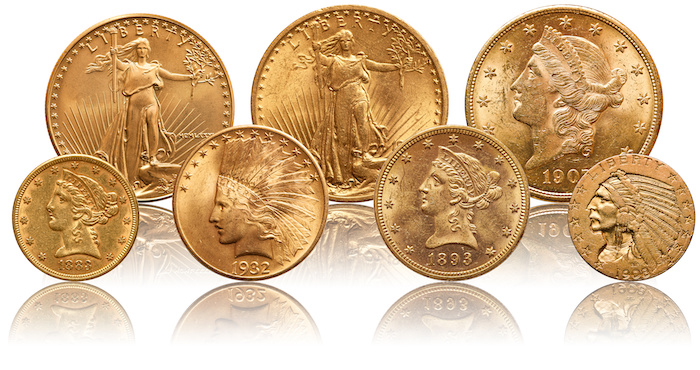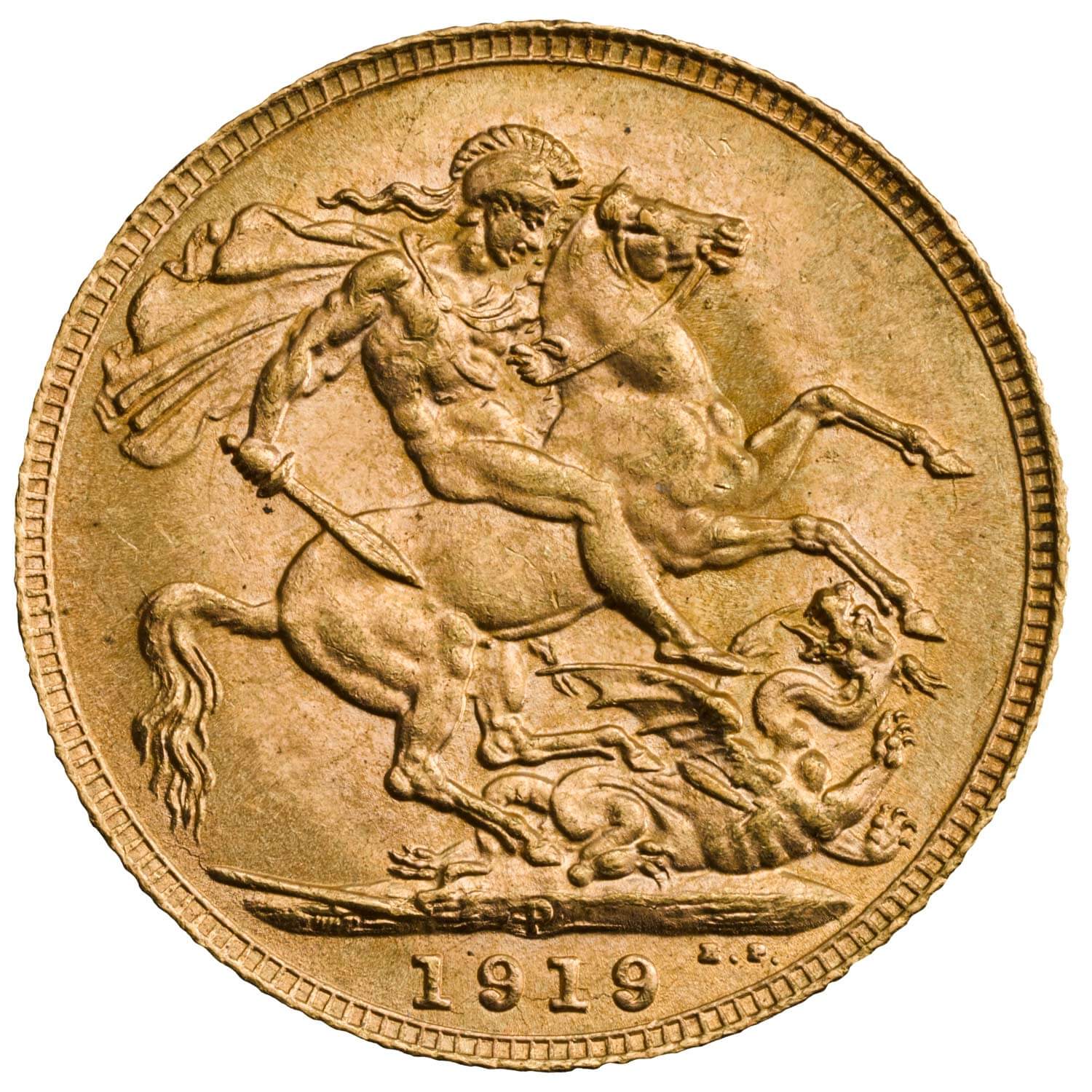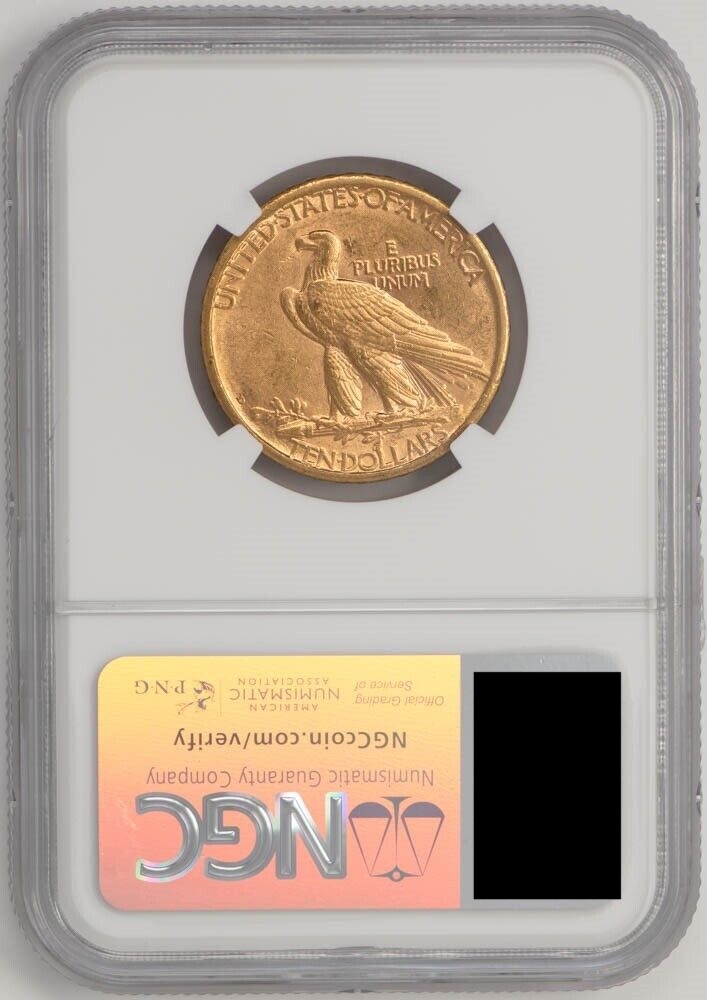For decades, Pre-1933 Gold Coins have lived in a strange middle ground between bullion, collectible, and Americana. Historically, they carried much higher premiums than modern bullion, pushing many investors toward American Gold Eagles, Buffaloes, or global bullion staples like the Maple Leaf or Krugerrand.
But current market conditions have flipped the script. Today, Pre-1933 Gold is trading at premiums so close to spot that investors across the bullion community are openly calling it a “rare window” to stack historic U.S. gold at near-bullion prices.
What Makes Pre-1933 Gold Coins Different?
Pre-1933 Gold Coins were the last circulating U.S. gold money, minted before Franklin Roosevelt ended convertibility and recalled most privately held gold in 1933. Millions were melted into bars minted from coin gold (.900 fineness) and are stored in Fort Knox and other depositories, dramatically reducing surviving populations.
Key distinctions:
- They’re genuine U.S. circulating gold. Not investment bullion. These were used in everyday commerce. Sometimes pocket change carried by workers, traders, bankers, and, yes, the occasional cowboy.
- There is a finite supply. No new examples will ever be produced. Many were destroyed; the survivors are all that exist.
- They carry dual value: gold content + numismatic potential.
- They’re historically meaningful. Saint-Gaudens Double Eagles and Indian Head designs are considered among the most significant pieces of U.S. numismatic art.
- They are not exempt from future confiscation. This myth resurfaces endlessly. Professionals and knowledgeable collectors repeatedly corrected it: if the government ever confiscated gold again (unlikely), it would not discriminate between old and new. The 1933 exemptions were specific to that era’s law, not permanent.
Why Bullion Investors Are Paying Attention
According to aggregated dealer data, Pre-1933 premiums are at the lowest point in over a decade.
- Circulated Saints and Liberties trading near ~1% over spot
- Modern 1 oz Gold Eagles are often 3%–5% above spot
- Half eagles and $10 eagles offer lower premiums than modern fractional gold
- Graded MS60–MS63 double eagles are trading very close to melt value
This market anomaly is driven by:
- Higher wholesale supply More estates and collections are entering the market after years of tight supply.
- Lower mid-grade collector competition As premiums have compressed, collectors have shifted toward MS64+ slabs, reducing pressure on VF–AU coins.
- Elevated demand for modern bullion Eagles and Buffaloes still command substantial premiums due to persistent retail demand.
- Spot gold near all-time highs When spot rises fast, relative premiums on older coins often compress.
- Some coins are being melted again Over the last few years, dealers and wholesalers have seen a significant uptick in low-grade pieces being sent to refineries. This continues to reduce supply further.
The bottom line: historic U.S. gold is briefly priced like generic bullion. Gold isn’t an investment. It’s a savings alternative.
Quick Specs: Pre-1933 Gold Coins
| Denomination | Gold Content | Designs | Premium & Liquidity Notes |
|---|---|---|---|
| $20 Double Eagle | 0.9675 oz | Liberty Head, Saint-Gaudens | Most popular; tightest spreads; excellent liquidity |
| $10 Eagle | 0.4838 oz | Liberty, Indian | Often lower premiums than modern 1/2 oz bullion |
| $5 Half Eagle | 0.2419 oz | Liberty, Indian (incuse) | Near or below fractional bullion premiums |
| $2.5 Quarter Eagle | 0.121 oz | Liberty, Indian | Premiums similar to 1/10 oz bullion—but far scarcer |
Are Pre-1933 Gold Coins Good for Long-Term Appreciation?
Historically, yes, but with nuance. They track the gold price first. A Saint-Gaudens Double Eagle rises with spot price just like a Maple Leaf. But they also enjoy long-term numismatic elasticity.
Rare coins have a different price curve than bullion. Over the last century:
- Common-date circulated coins mostly follow spot, plus a dealer premium similar to bullion
- Higher-grade coins (MS65 and above) appreciate faster
- Due to reduced populations, scarce dates can perform significantly better
But future gains are never guaranteed. Buyers should avoid paying excessive premiums and focus on transparent, high-liquidity categories.
Why Pre-1933 Gold Coins Make Sense in Today’s Market
With premiums unusually low, there are specific advantages for bullion-focused buyers. When $20 double eagles are cheaper per ounce than 1 oz Gold Eagles, that’s noteworthy.
You’re getting bullion value plus potential numismatic tailwinds. Not only is there no new supply minted, but the existing supply also declines over time.
Pre-1933 Gold Coins are ideal for bullion investors looking for near-spot gold with added scarcity, gold stackers wanting lower premiums than modern fractional gold, and collectors wanting history without paying elite numismatic premiums.
LCSes, online dealers, private buyers, and auction sites all recognize and trade these coins daily. The Saint-Gaudens and Liberty designs are universally known, as they were used in international trade for more than 150 years.
Conclusion
The compression in premiums makes Pre-1933 Gold Coins unusually attractive for bullion-minded buyers. Historically, this window doesn’t stay open long.
For investors who usually stack modern bullion, this is an opportunity to diversify into classic U.S. gold while the numbers make sense.
As always, verify authenticity, buy from trusted sources, and align purchases with your long-term financial goals.






